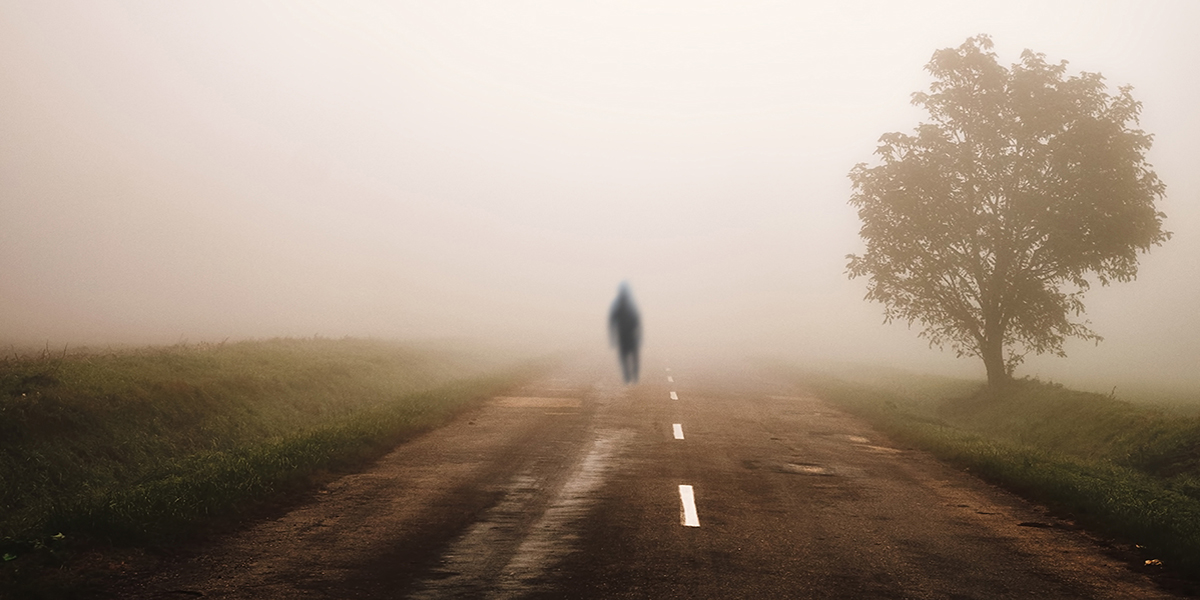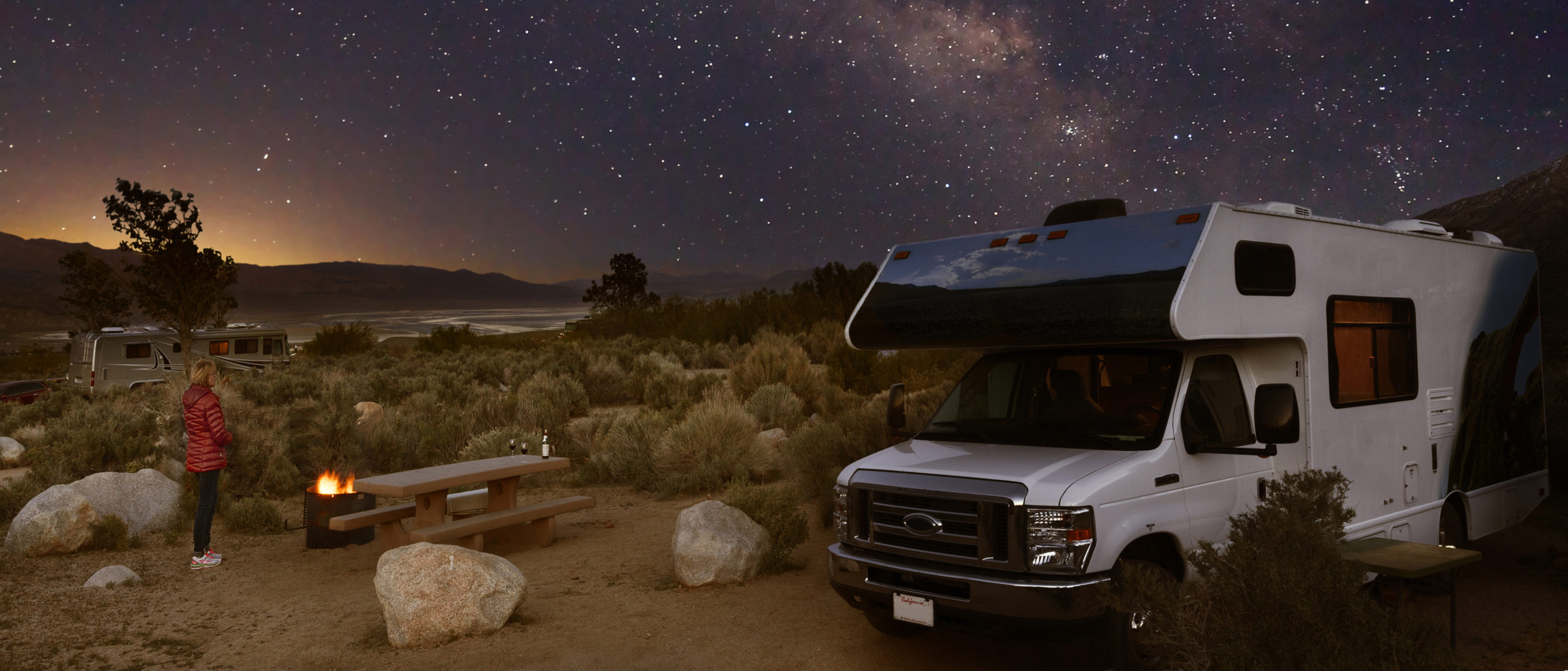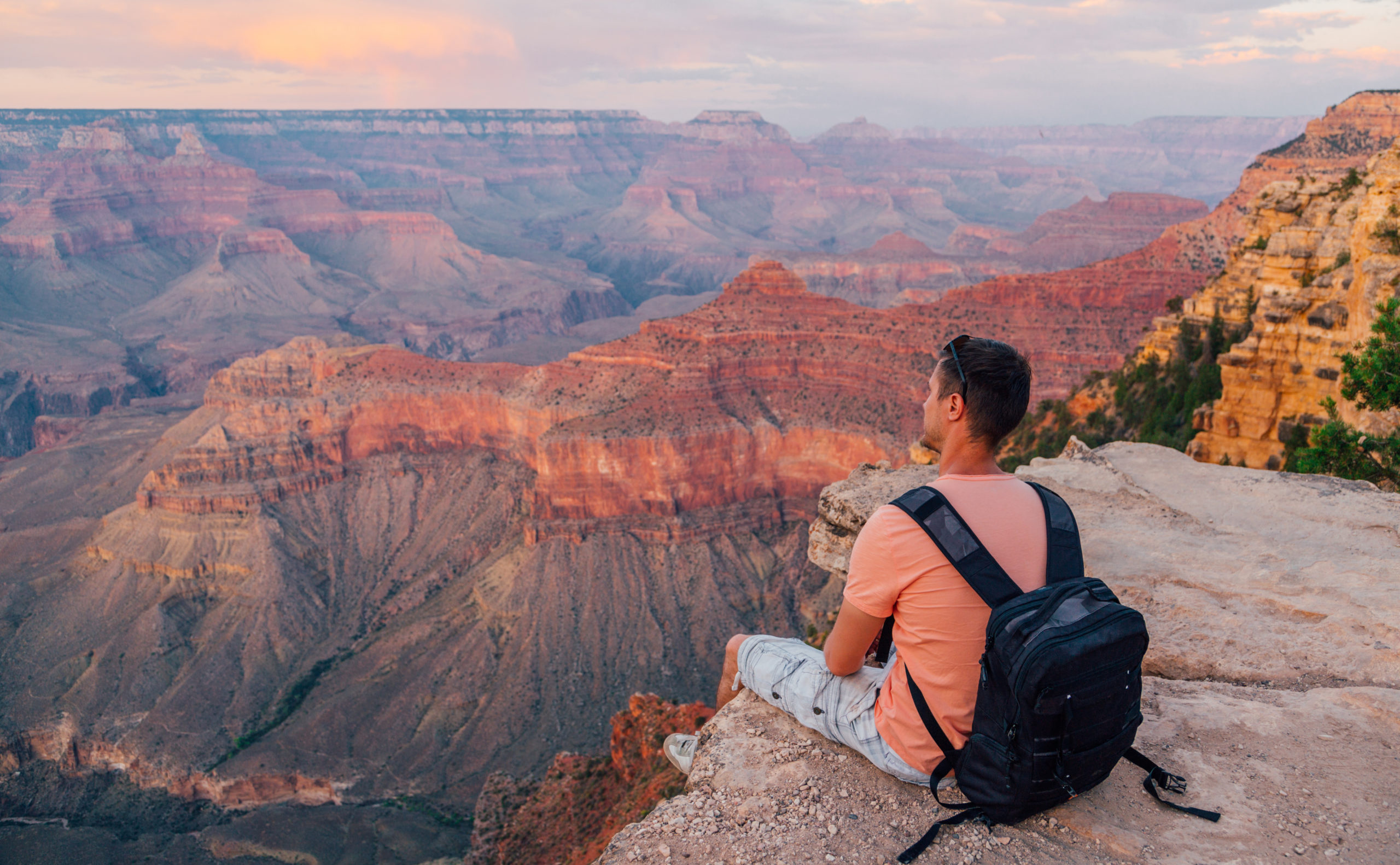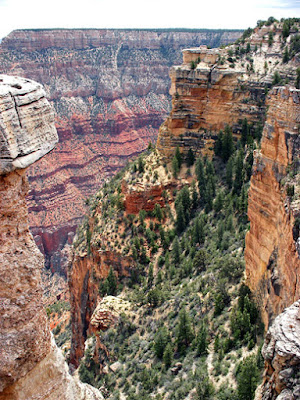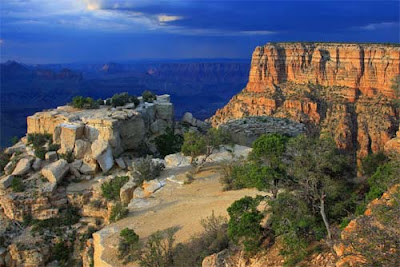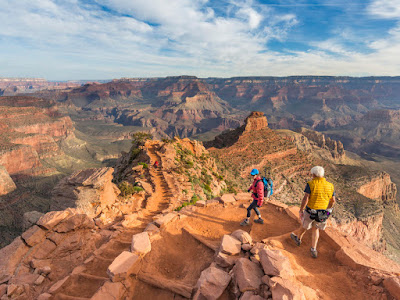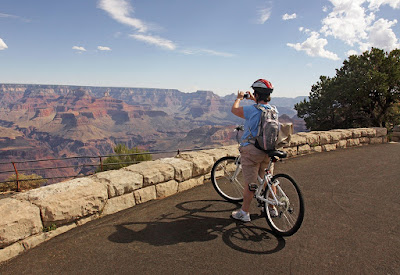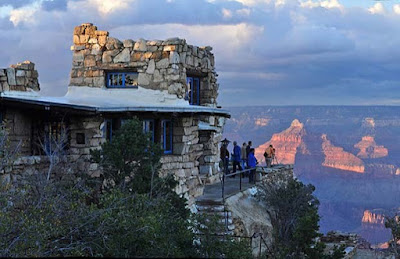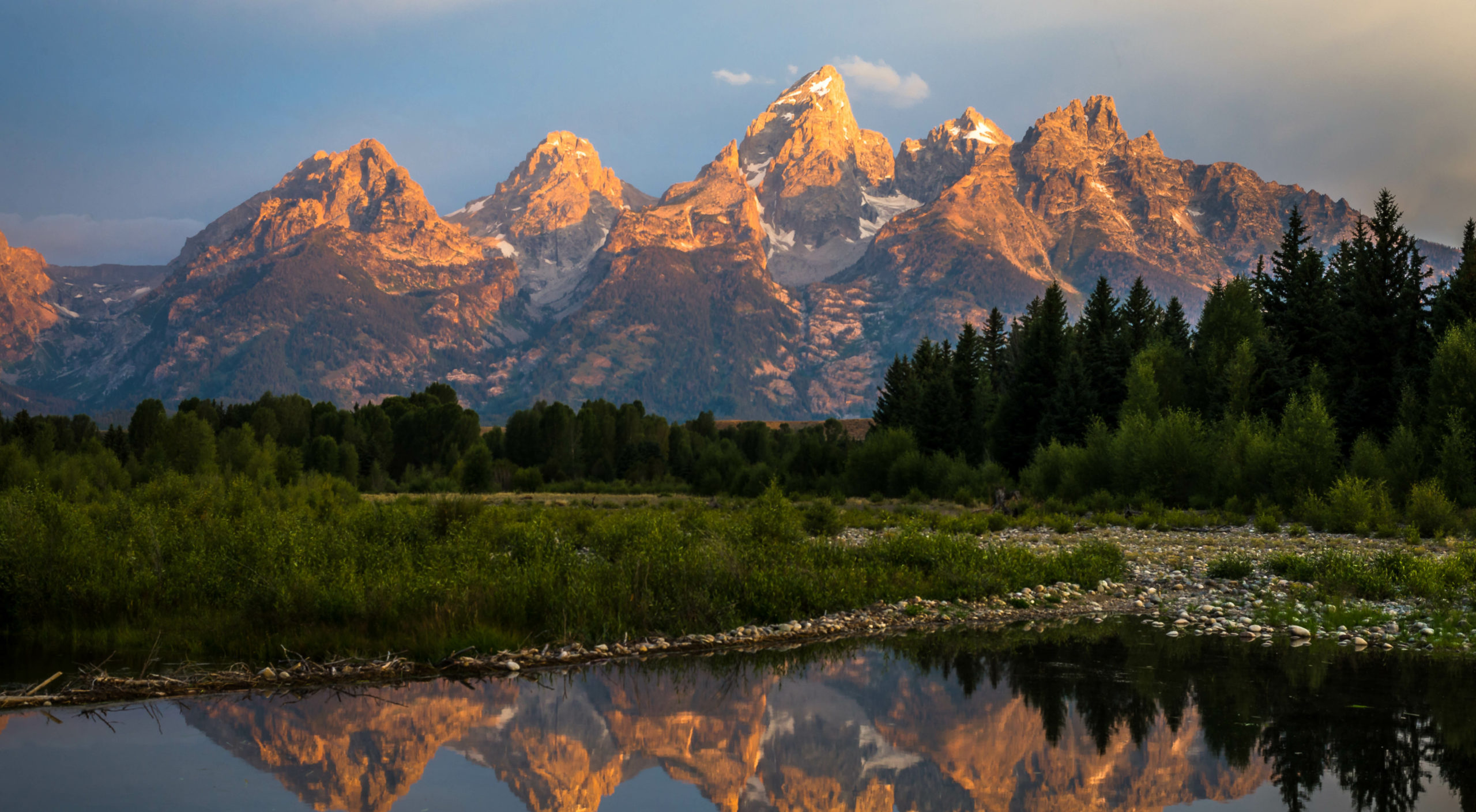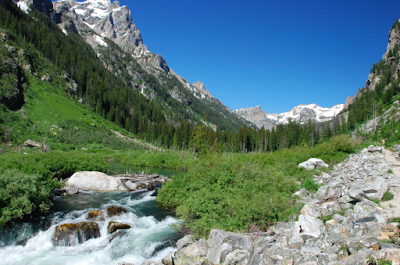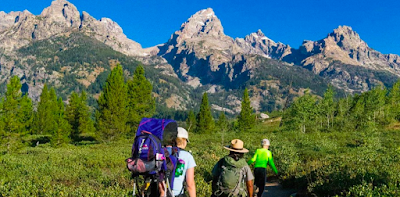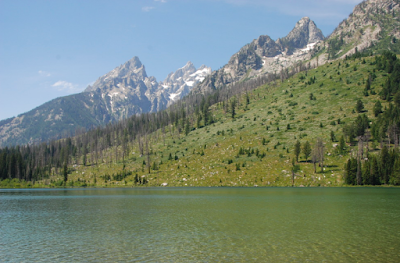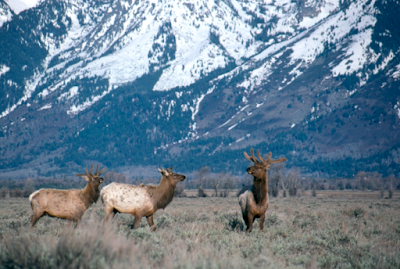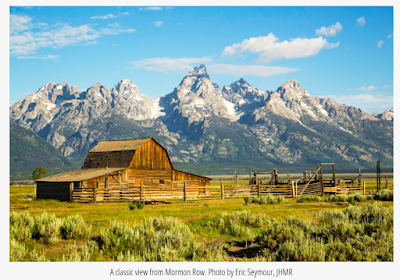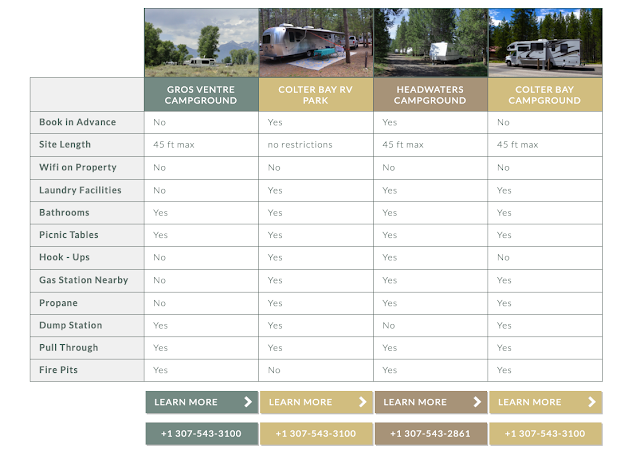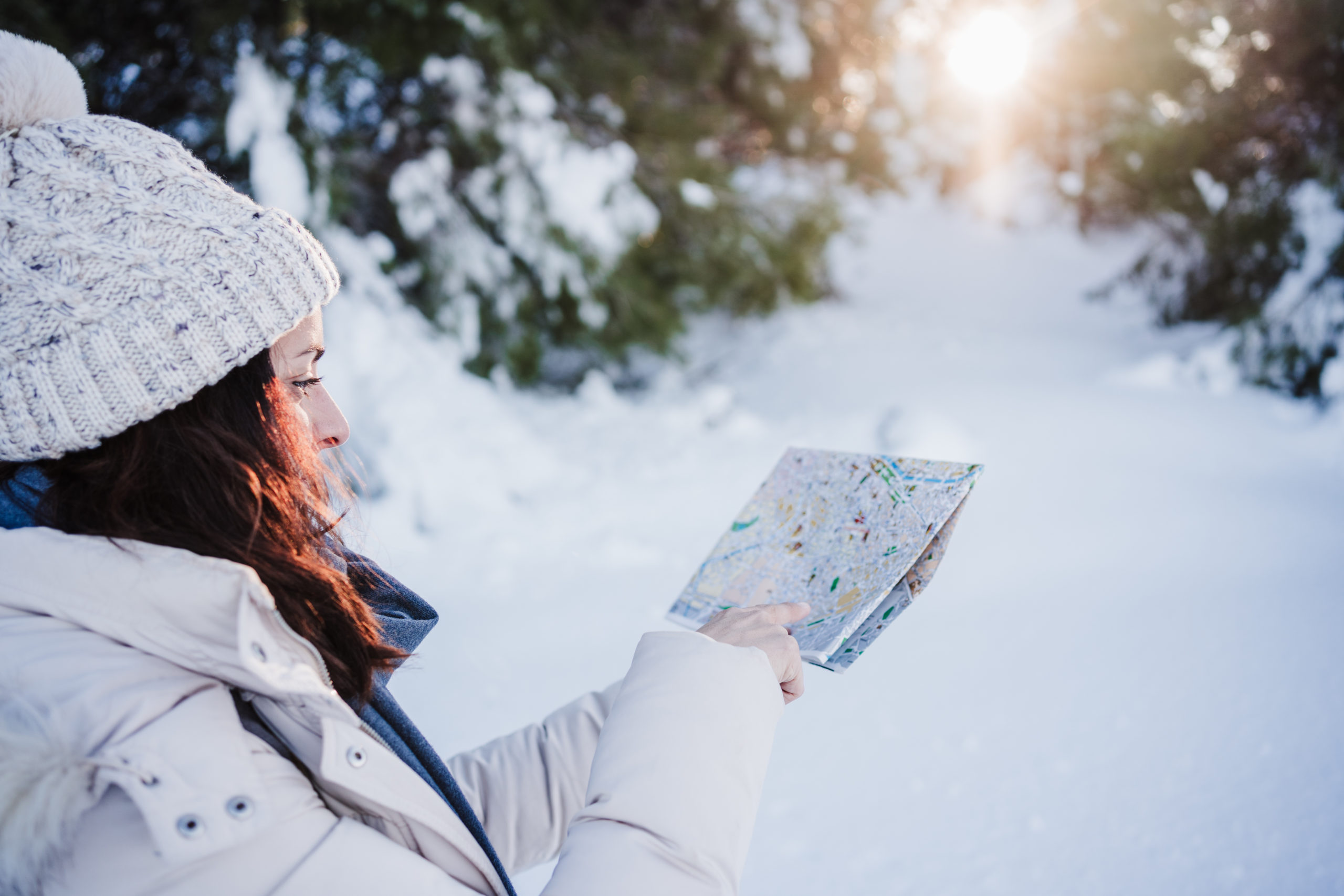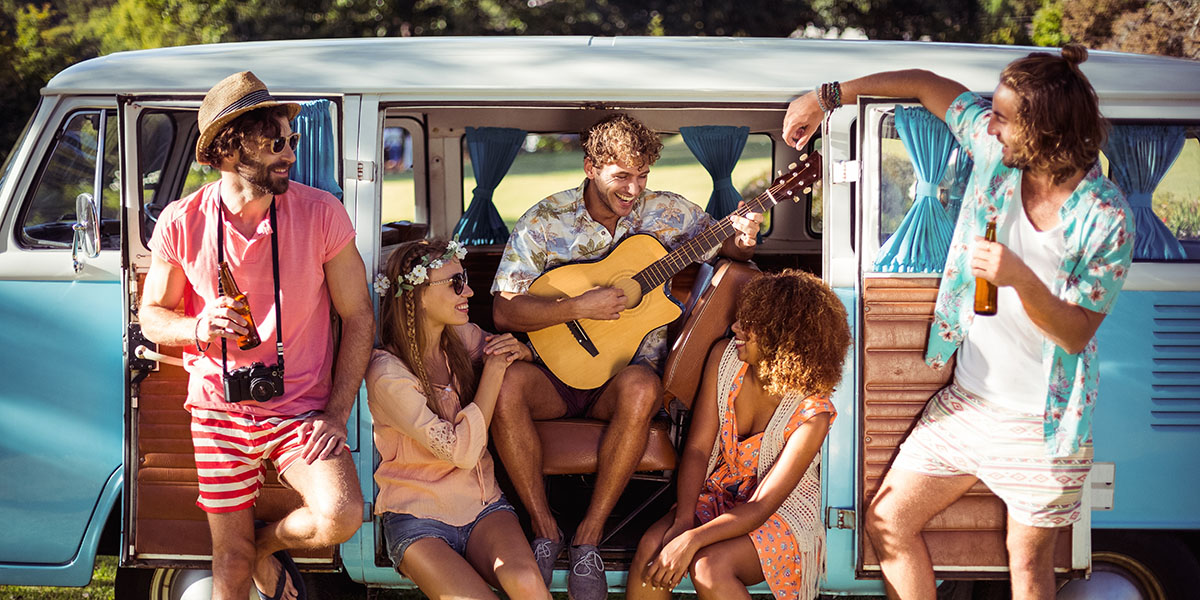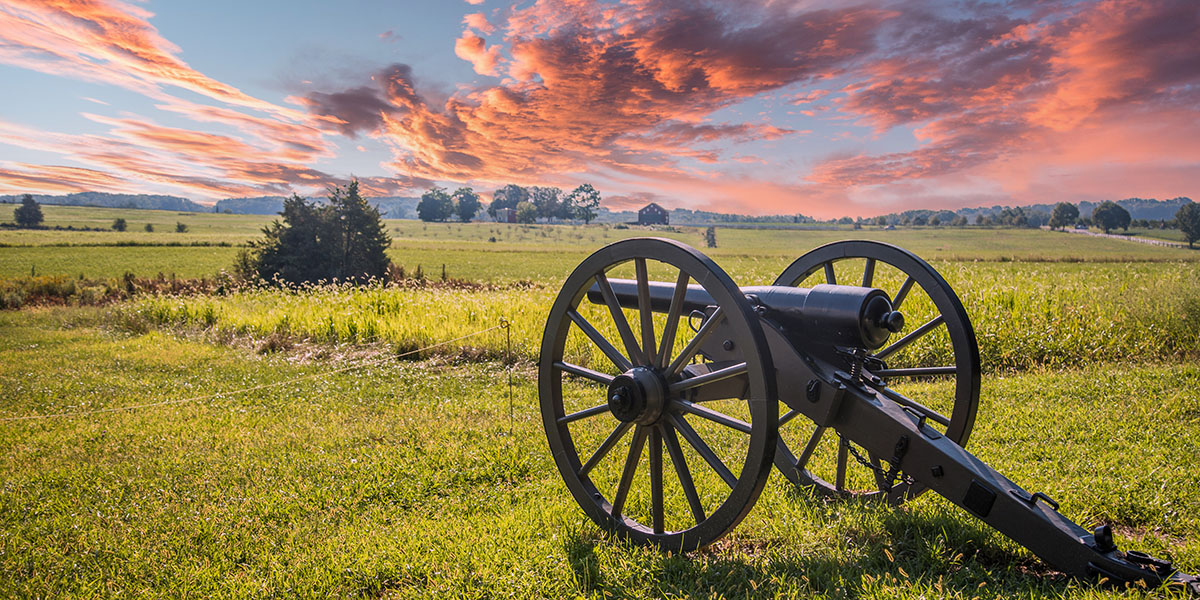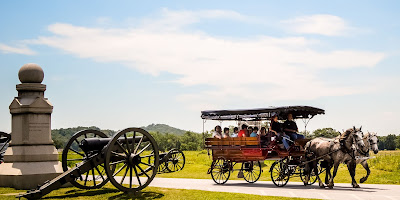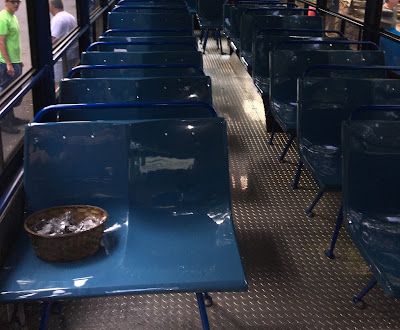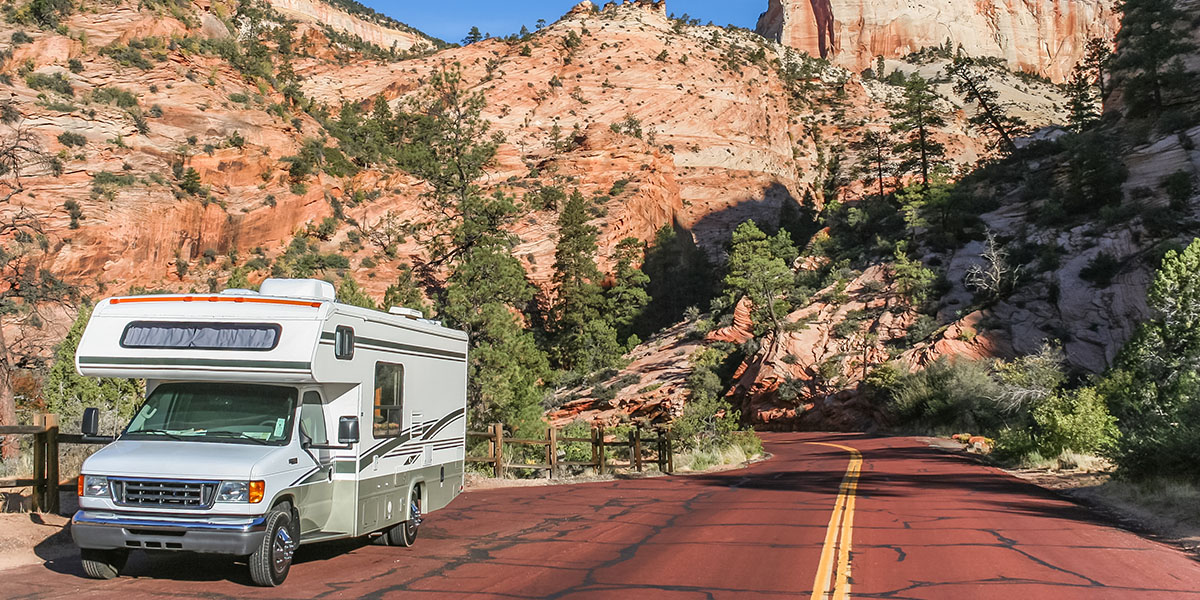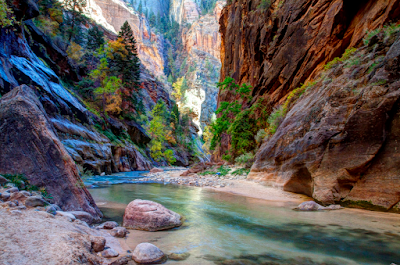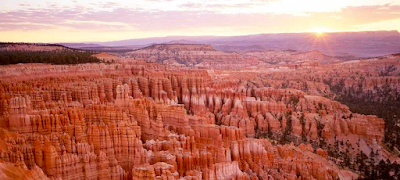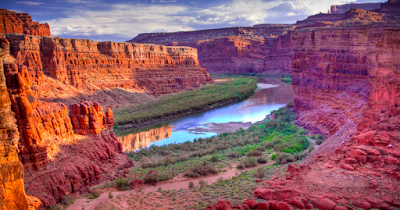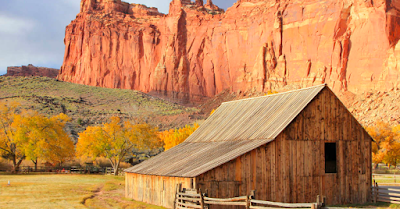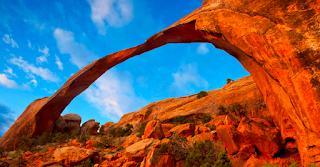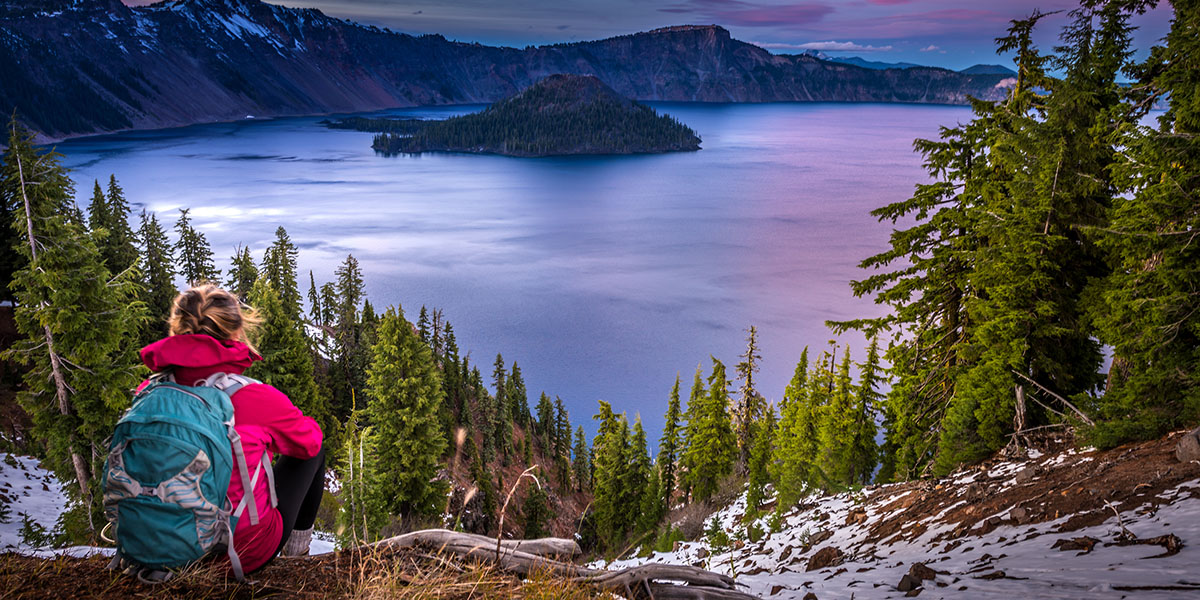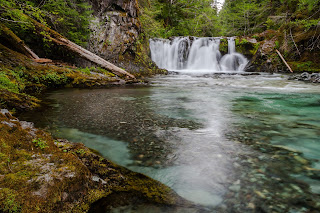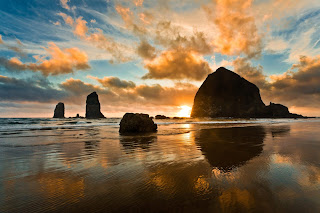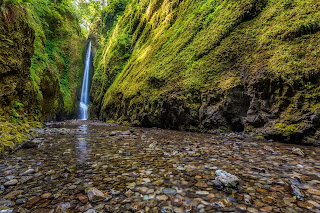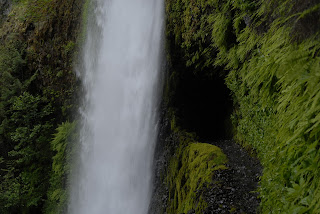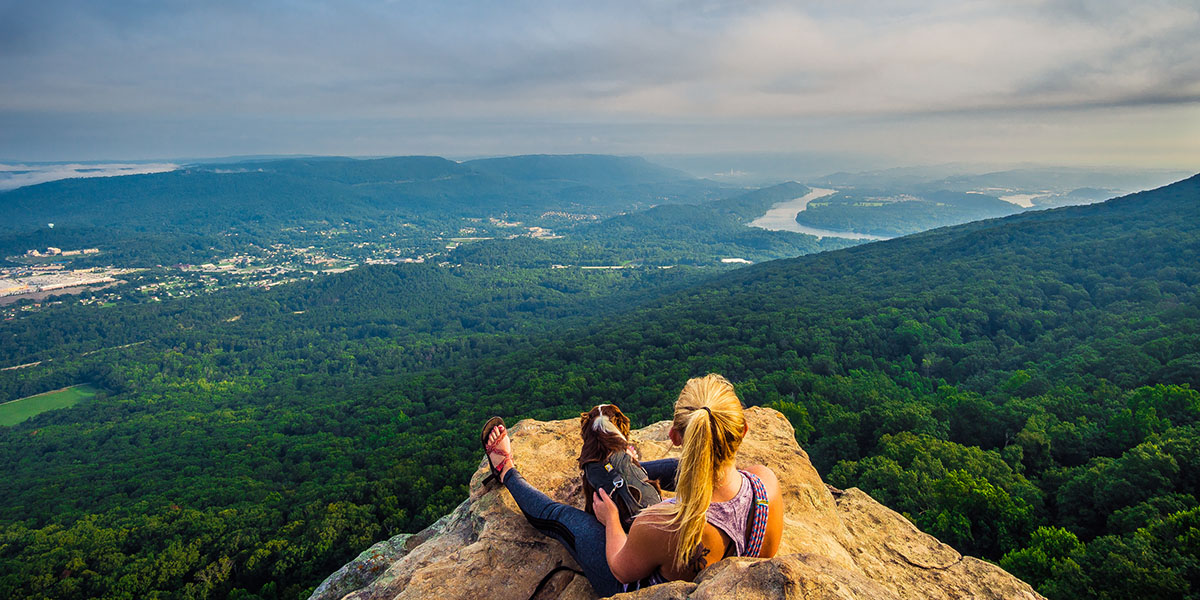(And if you want even more scary stories, check out our new 2020 collection of haunted tales from the road — 11 More Haunted Roads in America!)

Route 2A, Haynesville, ME
Twin girls were once hit and killed by a semi on Route 2A. Today, drivers say they’ve seen a pair of young girls wandering down the road, lost and confused. Those who stop to offer them a ride report that shortly after the girls get in, they suddenly leap from the moving vehicle! Drivers frantically slam on their brakes and try to find the girls, but the twins are nowhere to be seen.
Pocahontas Parkway, Henrico County, VA
Construction of Pocahontas Parkway unearthed a treasure trove of artifacts from the Powhatan and Arrohattoc tribes, dating back as far as 6,000 years. The disruption of sacred land has led truckers and tollbooth workers to see Native Americans apparitions holding torches on the edge of the woods by the road, and hear drum-beats, chanting, and anguished yelling break through the swirling wind on stormy nights.
Mona Lisa Drive, New Orleans, LA
According to legend, the rich father of a young woman named Mona forbade her marriage to a sailor. Mona killed herself in grief and the father had a statue built in New Orleans City Park to honor her. But when a group of misbehaving teens destroyed the memorial, Mona – not allowed peace in life or in death – began to haunt those who travel along Mona Lisa Drive, moaning and scratching at vehicle windows.
Crawford Road, Yorktown, VA
At the Yorktown battlefields, visitors report seeing ghosts from the Revolutionary and Civil Wars, and also claim to see bodies hanging from the Crawford Road bridge. In some cases, it’s the body of a woman in a white dress; in other cases, multiple bodies are seen swinging. Drivers also report their vehicle engines cutting off when they pass underneath the bridge, then seeing shadows moving and hearing unintelligible whispers.
Messick Road, Poquoson, VA
Years ago, a fierce storm flooded Dolly Mammy’s farm. Dolly’s daughters refused to help her round up the cattle, so she trekked out alone into the night. The next day, a neighbor stumbled upon a foot sticking out from a sinkhole; Dolly had suffocated in the bog. Today, drivers on Messick Road still report seeing a lantern-carrying apparition in the marsh – Dolly Mammy looking to rescue her cows, and punish her daughters.
Clinton Road, West Milford, NJ
Clinton Road is pitch black at night, with no street lights and several sharp turns, but it’s not just dangerous – it’s also haunted. There are multiple stories of phantom headlights appearing out of nowhere and following drivers before disappearing. The road also includes a bridge, where a young boy once drowned. It is said that if you throw a coin over the bridge, he’ll throw it back at you, then chase you back to your car.
Bray Road, Elkhorn, WI
Since the first European settlers reported canine monsters who would attack and disappear without a trace, travelers on Bray Road have continued to glimpse a large creature resembling a bear or wolf. In rare accounts, the Beast of Bray Road runs through the forest parallel with the vehicle, able to keep up not only on all-fours, but also on two legs, before vanishing into the brush. Might the Beast of Bray Road be a werewolf?
Archer Avenue, Chicago, IL
As the story goes, a young woman named Mary was walking home from a dance when she was killed in an unsolved hit-and-run incident. Mary’s parents buried her in Resurrection Cemetery. For decades, there have been stories of drivers near the old dance hall picking up a young hitchhiker wearing a party dress. She says nothing except to ask to be let out at the cemetery, where she suddenly vanishes into thin air.
Kelly Road, Ohioville, PA
Surrounded by dense, dark woods, Kelly Road sits on land cursed years ago by a sinister cult. When animals traverse Kelly Road, they are said to suddenly turn rabid and violent, attacking anything they see, including their owners. Imagine the horror of driving down the road when your pet unexpectedly lunges at your throat with snarled teeth, forcing you to keep them at bay while trying to maintain control of the moving vehicle.
